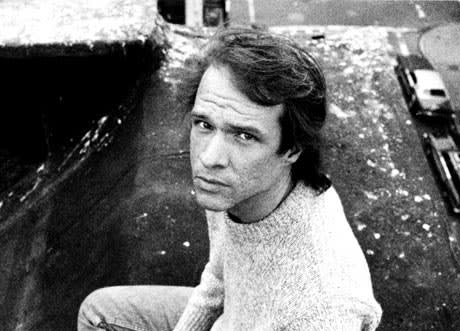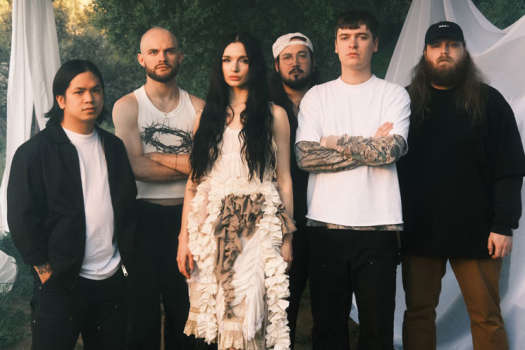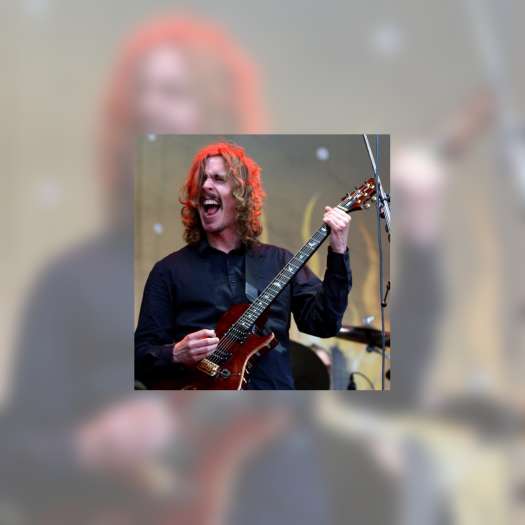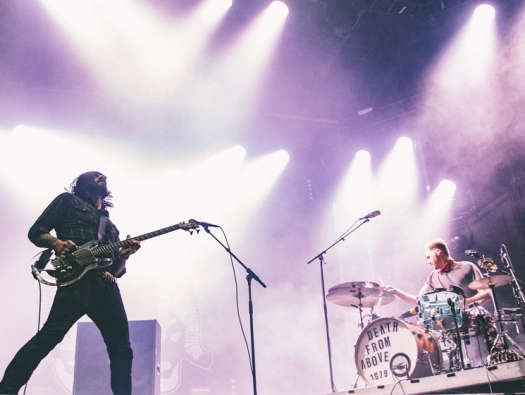Collective memory is entirely unreliable, thus disco recalls almost exclusively the sounds of Saturday Night Fever and Gloria Gaynor. But beneath radios radar, an artistically-strident scene existed in New York clubland and one of its prime innovators was Arthur Russell, your typical cello-playing, disco-making Buddhist from Iowa. After some time meditating with Allen Ginsberg in San Francisco, Russell moved to New York in the mid-70s and became enmeshed in the citys cutting-edge music community, hanging out at discothèques, recording with the Flying Hearts and collaborating with Talking Heads. But it was the 1980 chart-cracker "Is It All Over My Face recorded as Loose Joints with Steve DAquisto and mixed by famed Paradise Garage DJ Larry Levan that began his underground legend. Then he died of AIDS in 1992 and we forgot about him. Soul Jazz Records aims to fix that by compiling 11 of his seminal works (recorded under his own name as well as Dinosaur L, LOLA and Loose Joints) into a beautifully-paced collection with fascinating biographic liner notes. But this doesnt feel like a historical document. Dance music, in particular, tends to roll through trends so fast that tonights hot beat is gone by sunrise. But Russells classical and Indian music education helps give his productions an organic feel thats practically impervious to time almost any track here could be mixed seamlessly into a contemporary set. But it would still stand out. Some songs, such as "In the Cornbelt come off as too self-consciously weird, with its ominous low-octave vocals, until its brought back to earth by a low-key guitar solo and insistent beat. Other songs, like "A Little Lost, offer a breather with just Russells plaintive vocals and cello while Francois Kervorkians dubby mix of "Go Bang comes with a proto-rapper, a scatting diva and almost abstract jazz instrumentation all laid cleanly over a mid-tempo four-on-the-floor beat. But the tent-pole is the 13-minute, slow-burning "In the Light of the Miracle," an uplifting epic firmly in the grip of a piano pulse and percussion tour-de-force. This was avant-garde disco, heady music that moved in fits and starts and, occasionally, lost its way between the VIP area and the dance floor. But Russell is also where disco splintered and this collection contains hints of the future to come in a past that almost escaped memory.
(Soul Jazz)Arthur Russell
The World of Arthur Russell

BY Joshua OstroffPublished Jan 1, 2006



